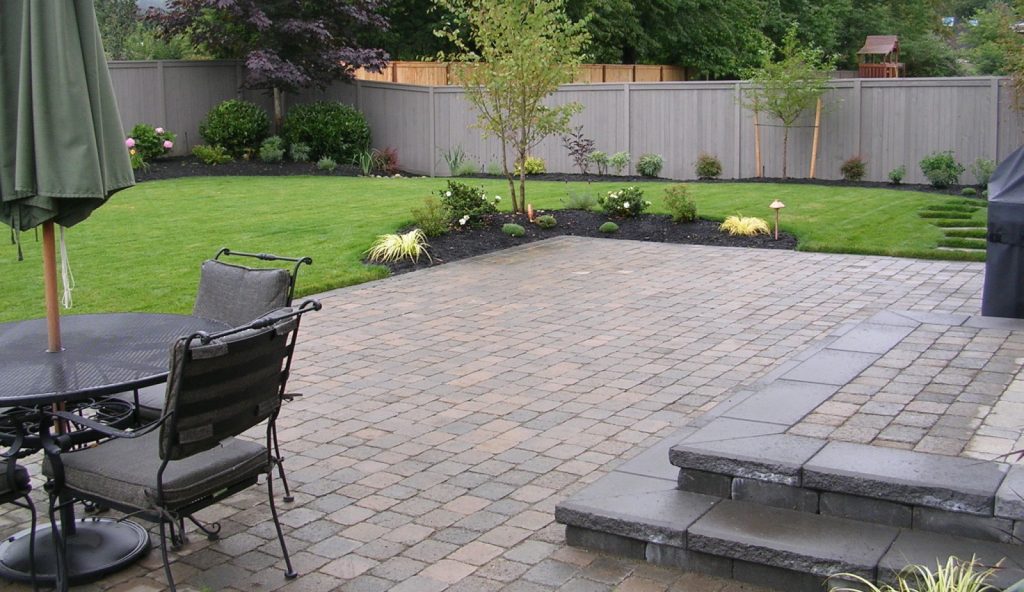Universities need landscaping and hardscapes to attract students and faculty, while also being models of sustainability and resiliency. Asphalt enables both.
Among the leaders of the Leadership in Energy & Environmental Design (LEED) movement – buildings that are certified to be green, according to standards established by the U.S. Green Building Council – are colleges, universities, secondary and primary schools. The nature of educating our nation’s young students – people who have much at stake in the future – led educators and administrators to be early adopters of the standards when first introduced in the early 2000s.
In some instances that meant reducing the amount of asphalt used on campuses. But it also led to a rethinking and expansion of the role of pavement: as a functionally necessary and in some instances as an assist to sustainability practices.
For example, pervious asphalt and pavers allow rainwater to pass through pavement to the subsoil and absorb naturally into the aquifer below. In other instances, impervious pavement can channel stormwater to retention facilities where the water is stored for later use, such as in landscaping.
Beyond green: Asphalt and hardscaping are essential to campus life
In addition to environmental considerations, quality pavement on driveways, parking lots and walkways can be essential in educational settings for several reasons:
Flat surfaces matter – In addition to providing a cleaner aesthetic (what campuses need when prospective students, faculty and staff make a first visit), good upkeep of paved surfaces reduces liability issues that would happen in trip-and-fall accidents.
Dude, where’s my class? – Wayfinding is all the more important on campuses because most campuses encompass multiple buildings joined by walkways and other hard surfaces. Sealcoat messages in vivid colors on the asphalt surface can help guide pedestrians and motorists to their destinations.
Accessibility is essential – Any school administrator would be loath to fall short of the requirements of the Americans with Disabilities Act (ADA). But not all campuses have been updated with adequate parking and egress and regress accommodations since the ADA standards were updated in 2010.
More bikes – Parking facilities for bicyclists are increasingly sophisticated and require sufficient pavement to support two wheels as well as those vehicles with four or more. Lane markings on all shared-road paths are equally important becoming a standard expectation.
So while trees and plants, xeriscaping, prairie grasses, streams and fountains might get the oohs and aahs from campus residents and visitors – complementing those LEED certified buildings – none of that works without a well thought-out hardscaping plan, generally involving a mix of asphalt and decorative pavers.

